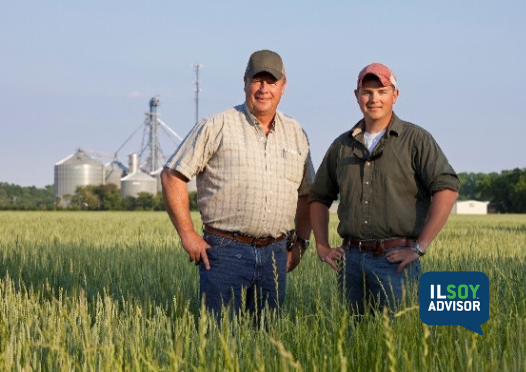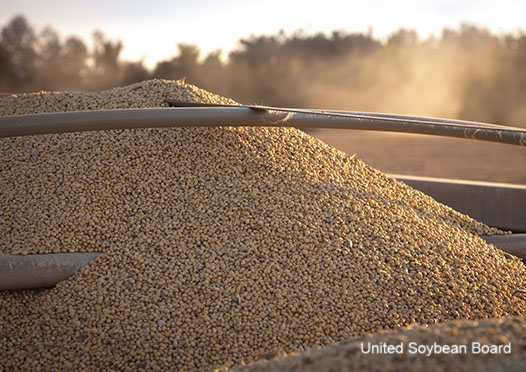ILSOYADVISOR POST
NASS – The Census is Coming
Hello again everyone, and welcome to spring (almost). The temps are rising, and we’ve all changed our clocks so planting time will be here very soon. This is the fourth in a series of blog posts from NASS. The earlier blog posts were all about surveys and the statistics we publish from those projects. This time, I am writing about the 2022 Census of Agriculture. It’s coming this year and I urge everyone to respond.
Five years ago, Illinois had the highest overall response rate of all the states. Let’s try to stay on top!
The Census of Agriculture is MUCH bigger than any of the surveys that NASS conducts. It’s big enough that lead-time and preparation time are much longer than for NASS surveys. The Census workload is divided into several phases including list building, data collection and cleaning, data analysis, publication, and more.
CENSUS OF AGRICULTURE PROJECT PHASES
Currently, NASS staff are working hard to ensure that our mailing list is as complete as possible. We have done several projects that are aimed at finding new farmers and ranchers, as well as farms and ranches that were previously unknown to us. So if you are new to agriculture, and you operate a farm or ranch, please go to https://www.agcounts.usda.gov/static/get-counted.html to help us build the best Census mailing list.

We will continue with list building until the end of June, and then the process of preparing the mailing will begin. It takes a long time to print and label more than 2 million questionnaires. It’s such a large mailing project that we contract out that process to the Bureau of the Census. That makes more sense than paying for a lot of extra equipment that’s only needed every 5 years. And it takes a BIG warehouse to hold more than 2 million Census questionnaires.
NASS will begin data collection for the Census in late November, and we will start by trying to get as many internet responses as possible. Gathering data through our secure website saves taxpayer dollars because we save on postage and data entry costs. So please respond online when you get your census in the mail.
The data collection period will continue into 2023. Then NASS staff will work hard to analyze and tabulate the information for publication. That phase of the project is quite long and VERY intensive. NASS is currently hiring some temporary staff to help. They will be trained to work on surveys for the rest of this year, and then switch over to the Census early next year.
CENSUS RESULTS AND USAGE
So, who uses the Census statistics and how will they be used? Private industry companies will use Census results to guide their outreach and expansion efforts. They will need to know farm sizes and counts by county, and maybe by zip code. Only the Census can provide that information. In addition, legislators at the state, federal, and local levels will use the information to guide their lawmaking efforts. The Census of Agriculture is the only source of uniform and comprehensive facts about the nation’s farms and ranches and the people that operate them. It is also the only source of farm and ranch operator demographics (age, gender, race, etc.) at the county level.

This image shows the impact of women in Illinois agriculture. The Census is the only place to find that information.
NASS also uses the Census data to build mailing lists for several special follow-on projects including the following: organics, aquaculture, irrigation and water management, and horticultural specialties. Each of these projects will provide an in-depth look at an interesting set of farms, and many of them will be “non-traditional” farms. That is, they are not producing the very common commodities such as soybeans and corn, cattle and hogs, etc.

Another very important aspect of the Census of Agriculture is that it captures and tabulates the vast diversity of American agriculture. The Census captures data for every type of farm and ranch, including fruit and vegetable farms, exotic livestock farms, and many other specialty farms.
By responding to the census, you have the power to influence decisions that will shape Illinois agriculture for years to come. Those decisions will include transportation and marketing locations; farm services, programs, and policies; and production practices and new technologies.
I hope that 2022 is a safe and bountiful year for you, your farm or ranch, and your family.





Comments
Add new comment